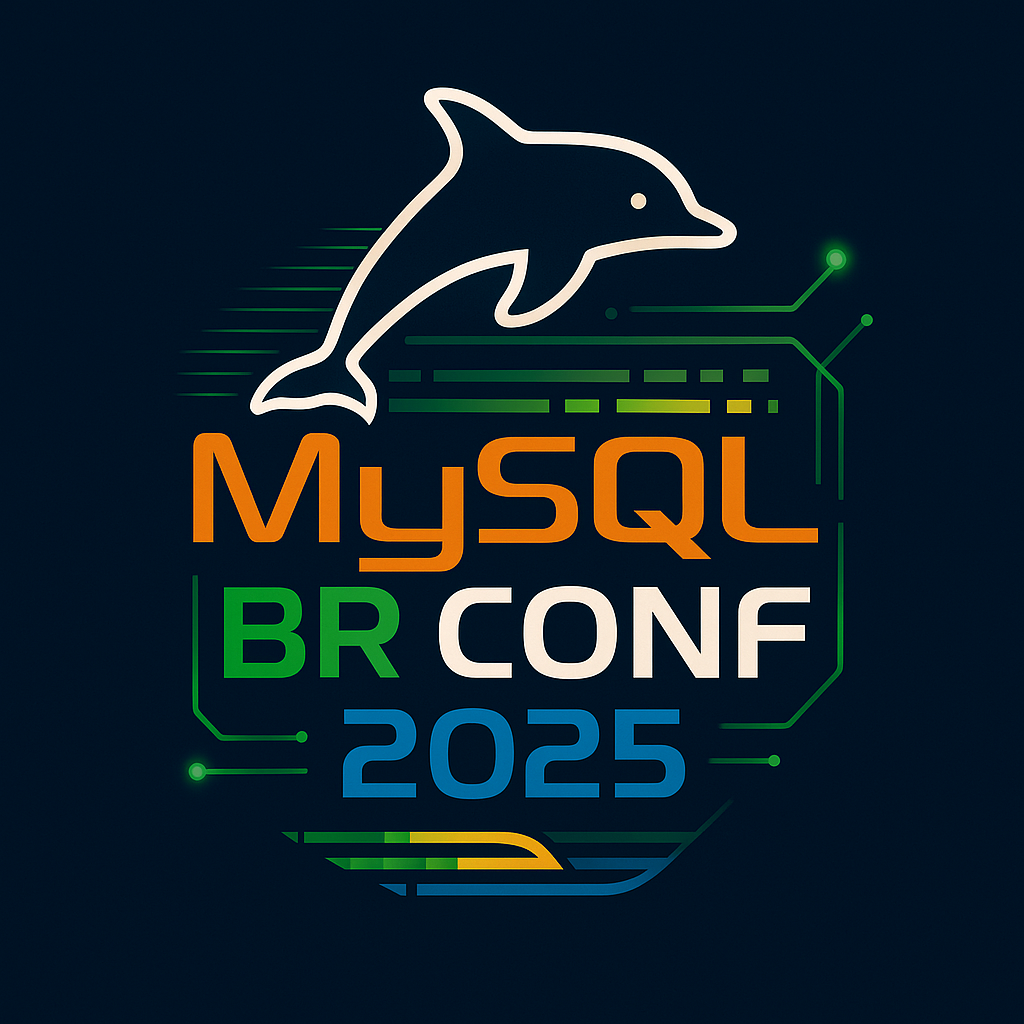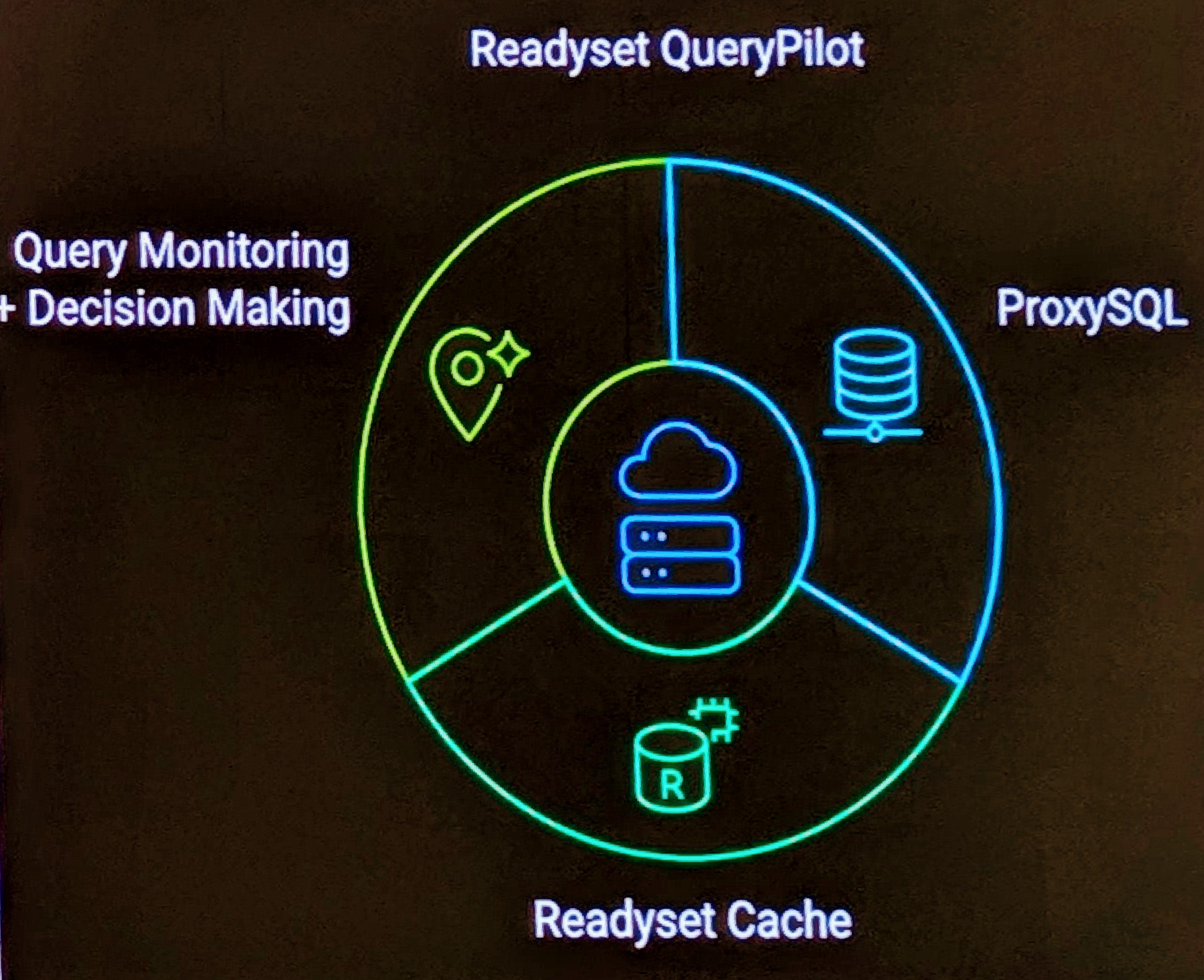Running on CentOS 4.1 the following steps were use to install Samba.
Install RPM’s
$ rpm -ivh samba-3.0.10-1.4E.i386.rpm
$ rpm -ivh samba-swat-3.0.10-1.4E.i386.rpm
Start Processes
$ /etc/rc.d/init.d/smb start
Check Processes
$ ps -ef | grep smb
root 21243 1 0 10:19 ? 00:00:00 smbd -D
root 21244 21243 0 10:19 ? 00:00:00 smbd -D
$ ps -ef | grep nmb
root 21248 1 0 10:19 ? 00:00:00 nmbd -D
Enable on System Reboot
$ chkconfig smb on
$ chkconfig –list smb
Configure SWAT (web interface to administer samba)
$ vi /etc/xinetd.d/swat
# default: off
# description: SWAT is the Samba Web Admin Tool. Use swat
# to configure your Samba server. To use SWAT,
# connect to port 901 with your favorite web browser.
service swat
{
port = 901
socket_type = stream
wait = no
# only_from = 127.0.0.1
user = root
server = /usr/sbin/swat
log_on_failure += USERID
disable = no
}
$ killall -SIGHUP xinetd
$ tail /var/log/messages
Sep 13 10:17:18 omega xinetd[2160]: Starting reconfiguration
Sep 13 10:17:18 omega xinetd[2160]: Swapping defaults
Sep 13 10:17:18 omega xinetd[2160]: Reconfigured: new=1 old=0 dropped=0 (services)
Verify Settings
Using the installed SWAT, simply point the browser to http://111.111.111.111:901/
Htaccess is root and the system root password
Configuring Samba, well that’s another story.


